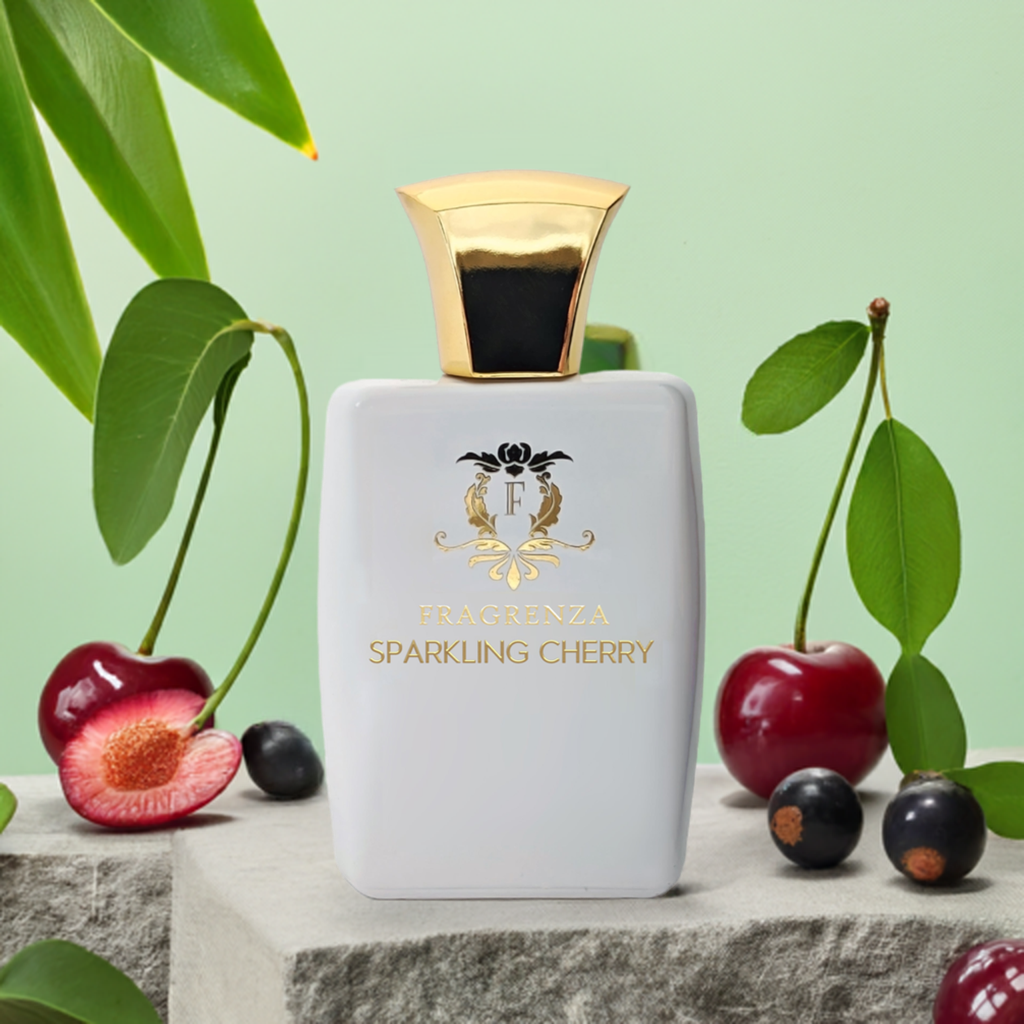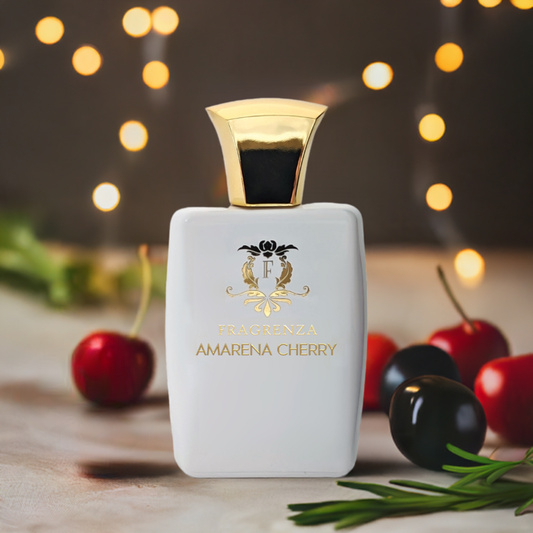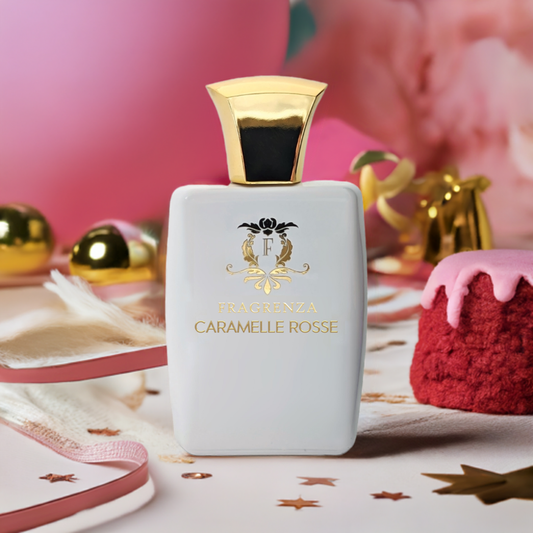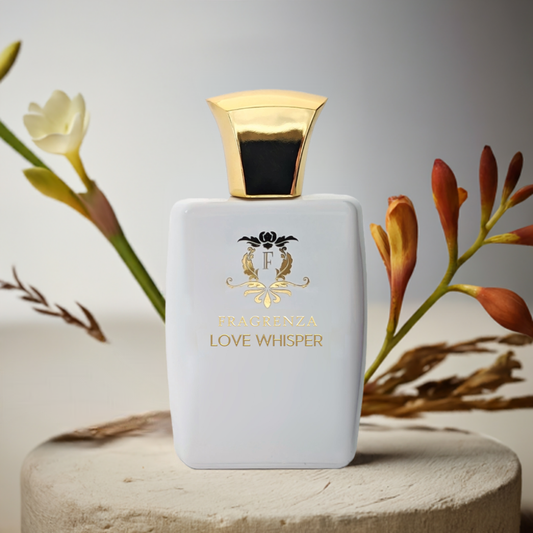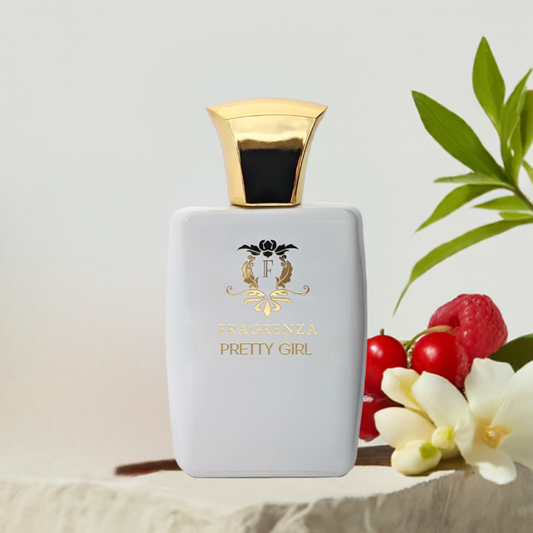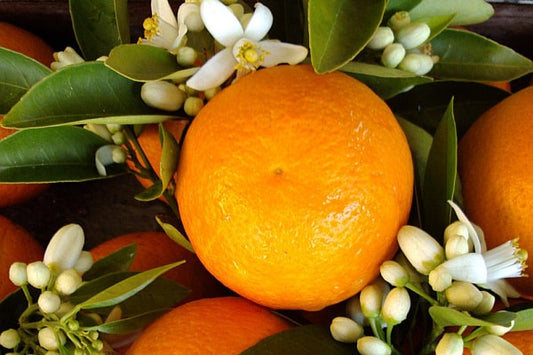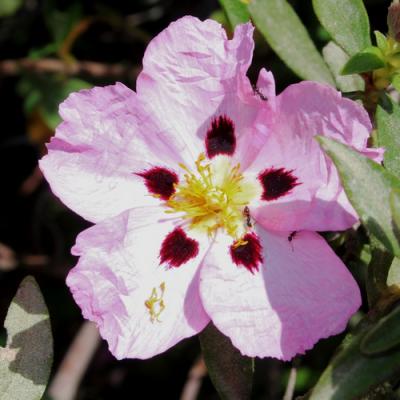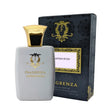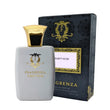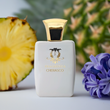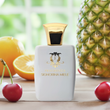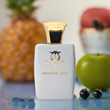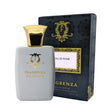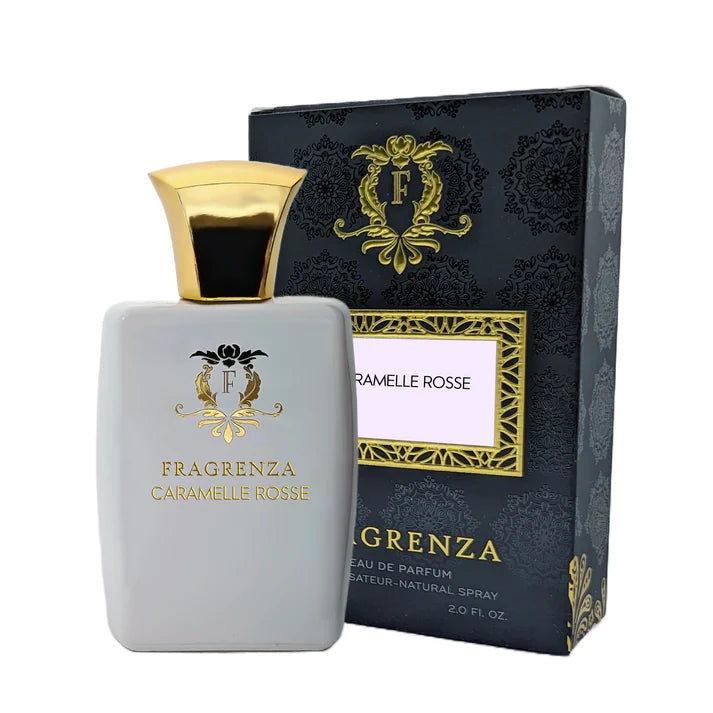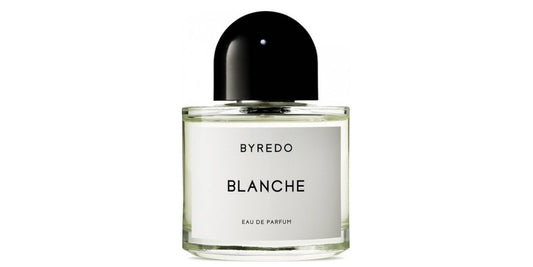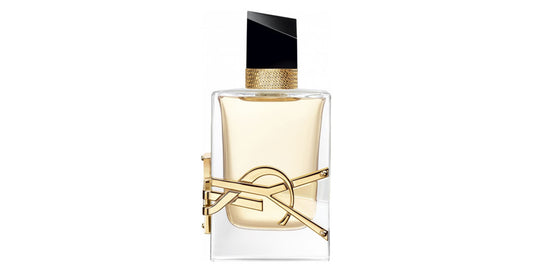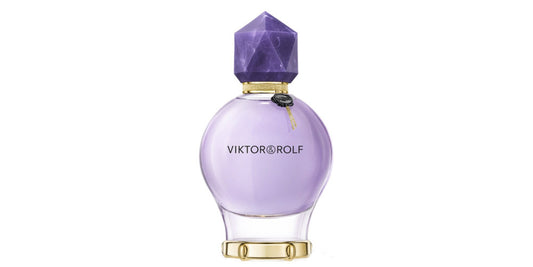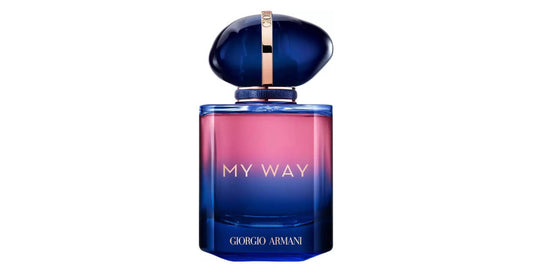Perfume of the Accord Chypre
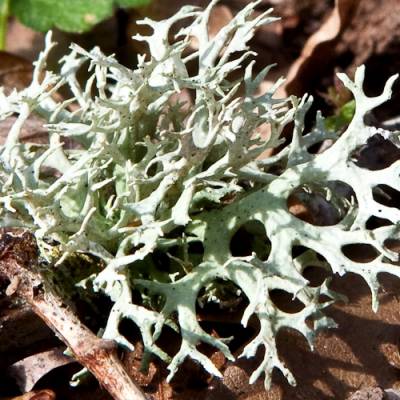
In This Article
The evolution of chypre accords in perfumery
In 1917, François Coty introduced a fragrance named Chypre, giving birth to a new olfactory family. Chypre accords are typically built around bergamot in the top note, a floral heart composed of jasmine or roses, and woody base notes such as oakmoss or patchouli. This accord gained immense popularity, leading many brands to create their own chypre fragrances, such as Guerlain's Chypre de Paris in 1909, Jean Patou's Que Sais-je, and Rochas' Femme. Over time, chypre accords have evolved, taking on green facets in Balmain's Vent Vert, fruity nuances in Guerlain's Parure, and leathery undertones in Grès's Cabochard. In 1971, Clinique revived the chypre accord with Aromatics Elixir, which had fallen out of favor.
Chypre accords and their olfactory associations
Due to their distinctive character and evolution, chypre accords blend harmoniously with various olfactory families, particularly floral, fruity, or woody. Exceptional chypre-floral fragrances include Jean Patou's 1000, released in 1972, featuring bergamot in the top note and patchouli in the base note, Hermès' 24 Faubourg from 1995, and Chanel's Coco Mademoiselle from 2001. Chypre accords also pair well with fruity notes, as demonstrated in Cacharel's Amor Parfum du Soir, where black currant enhances the chypre accord, and Lalique's Azalée, another chypre-fruity example. Other notable perfumes with chypre accords include Molinard's Cuir, Guerlain's Cuir Beluga, Chanel's Chance, Givenchy's Dahlia Noir, and Ungaro's Diva.
Chypre accords are essential to perfumery, lending character to fragrances. Since their introduction in 1917 by François Coty, chypre accords have contributed to numerous exceptional perfumes, spanning chypre-floral, chypre-green, chypre-fruity, and chypre-leather variations.
